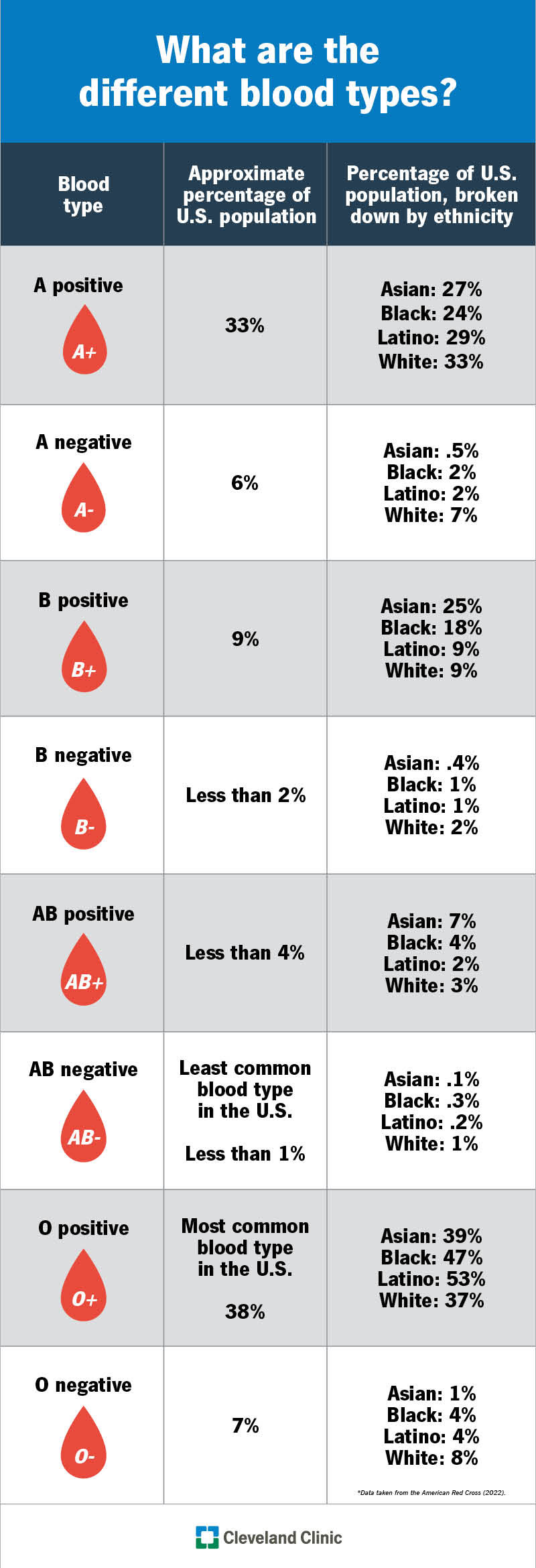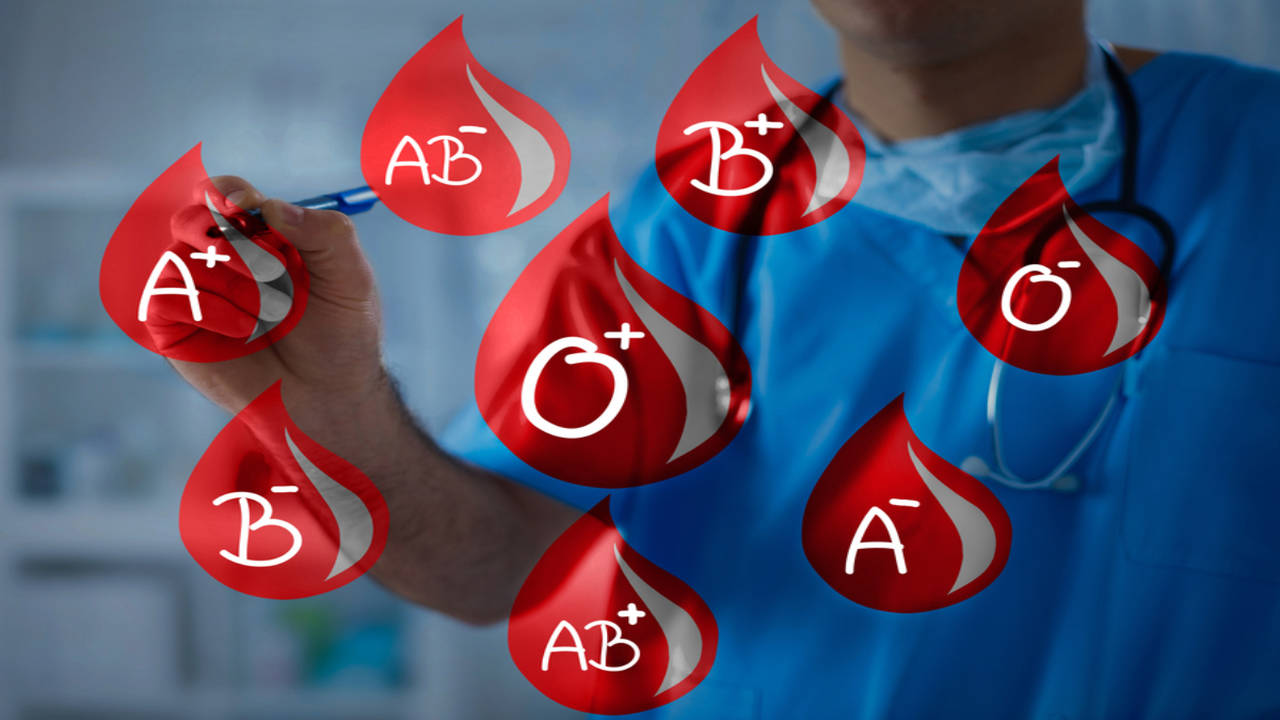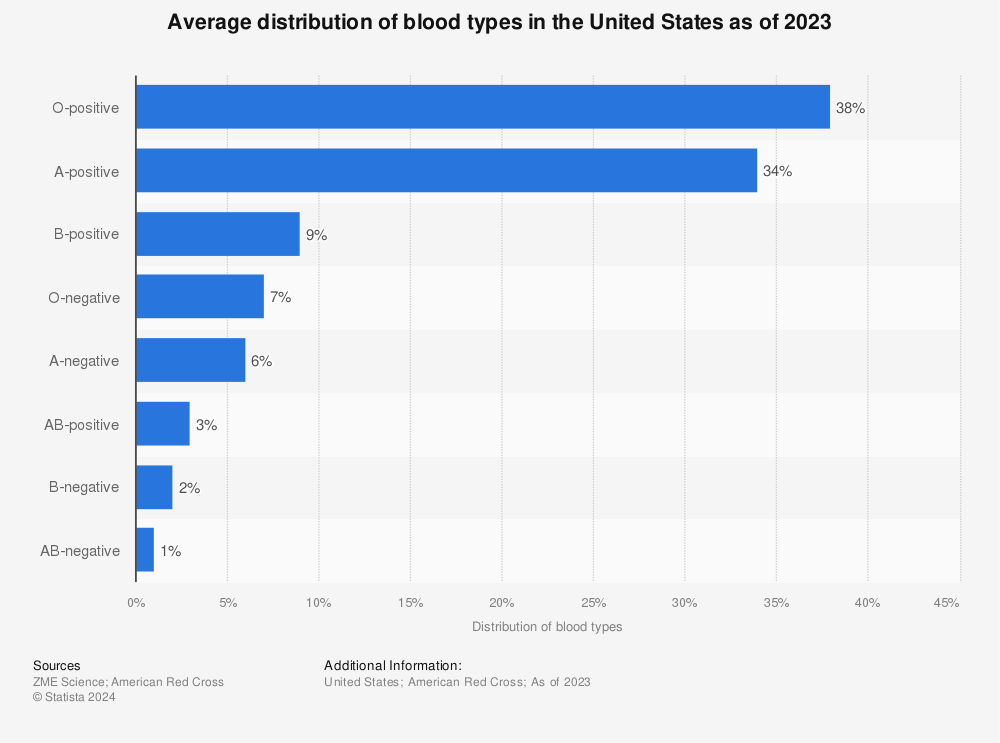
Blood Groups - Physiology Flashcards
ABO and Rh blood groups ABO and Rh groups are of particular clinical significance because they are most prevalent and most likely to be involved in detrimental transfusion reactions. ABO Blood Groups Comprises A and B antigens, which are oligosacchar
ABO and Rh blood groups ABO and Rh groups are of particular clinical significance because they are most prevalent and most likely to be involved in detrimental transfusion reactions. ABO Blood Groups Comprises A and B antigens, which are oligosaccharide molecules produced on the surfaces of red blood cells (aka, erythrocytes). • These antigens are genetically determined by the alleles A, B, and O. • A and B are codominant, and O is recessive; so, from 6 possible genotypes, we get 4 phenotypic blood types. Antibodies A unique feature of the ABO blood group is that individuals produce antibodies against antigens absent in their blood. These antibodies attack the red blood cells displaying the corresponding antigens, causing agglutination and hemolysis. Type A blood • Blood type A is characterized by red blood cells with the A antigen on their surfaces • Anti-B antibodies, aka, agglutinins, circulate in the plasma • Addition of Type B blood/B antigens will cause agglutination. Type B blood • Blood type B is characterized by B antigens on the surfaces of red blood cells • Anti-A antibodies circulate in the plasma • Addition of Type A blood/A antigens will cause agglutination. Type AB blood • Type AB blood cells have both A and B antigens on their surfaces • Neither anti-A nor anti-B antibodies circulate in the plasma, which make sense: Anti -A or Anti-B antibodies would attack a person's own red blood cells. • Addition of A or B antigens does not cause agglutination. Type O blood • Type O has neither A nor B antigens on its red blood cells • Both anti-A and anti-B antibodies circulate in the plasma. • Addition of A or B antigens causes agglutination. Rh Blood Group • There are several Rh antigens, but the D antigen is most prevalent and most cross-reactive; thus, it is most clinically relevant. • D antigen is either present on the surface of red blood cells or not • It is coded for by two alleles: D and d. • Unlike the ABO blood types, antibodies against the D antigen are not pre-produced in Rh negative individuals. • Rh negative individuals produce anti-Rh antibodies in response to exposure to D antigens. • Thus, if Rh+ blood is added to Rh- blood that happens to have anti-Rh+ antibodies, agglutination will occur. Clinical Correlations: • Blood transfusion recipients and donors must be matched to avoid agglutination. • When an Rh negative woman gives birth to an Rh positive infant; invariably, there will be some mixture of maternal and fetal blood. Consequently, the mother's body will produce anti-Rh antibodies, which will have negligible, if any, immediate effects. But, the circulating anti-Rh antibodies will attack the red blood cells of any subsequent Rh positive fetus. Preventative assessment of maternal Rh status and immunization protects against this reaction.
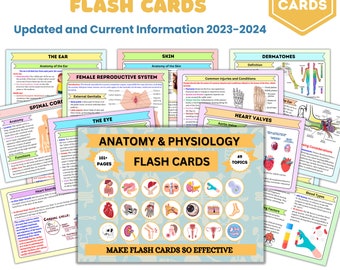
Anatomy & Physiology Flashcards 49 Topics or 101pages Nursing School Notes Anatomy Study Guide Instant Download PDF Medical Note

Blood groups and transfusions: Video & Anatomy

Blood Types and Compatibility Flashcards

Level Up RN – Med-Surg Flash Cards – No Fluff – Only Essential Info for Nursing School – 2024 NCLEX ATI HESI Review LPN RN Flash Cards (409 Cards) : Toys & Games

Physiology Ch. 36 Flashcards
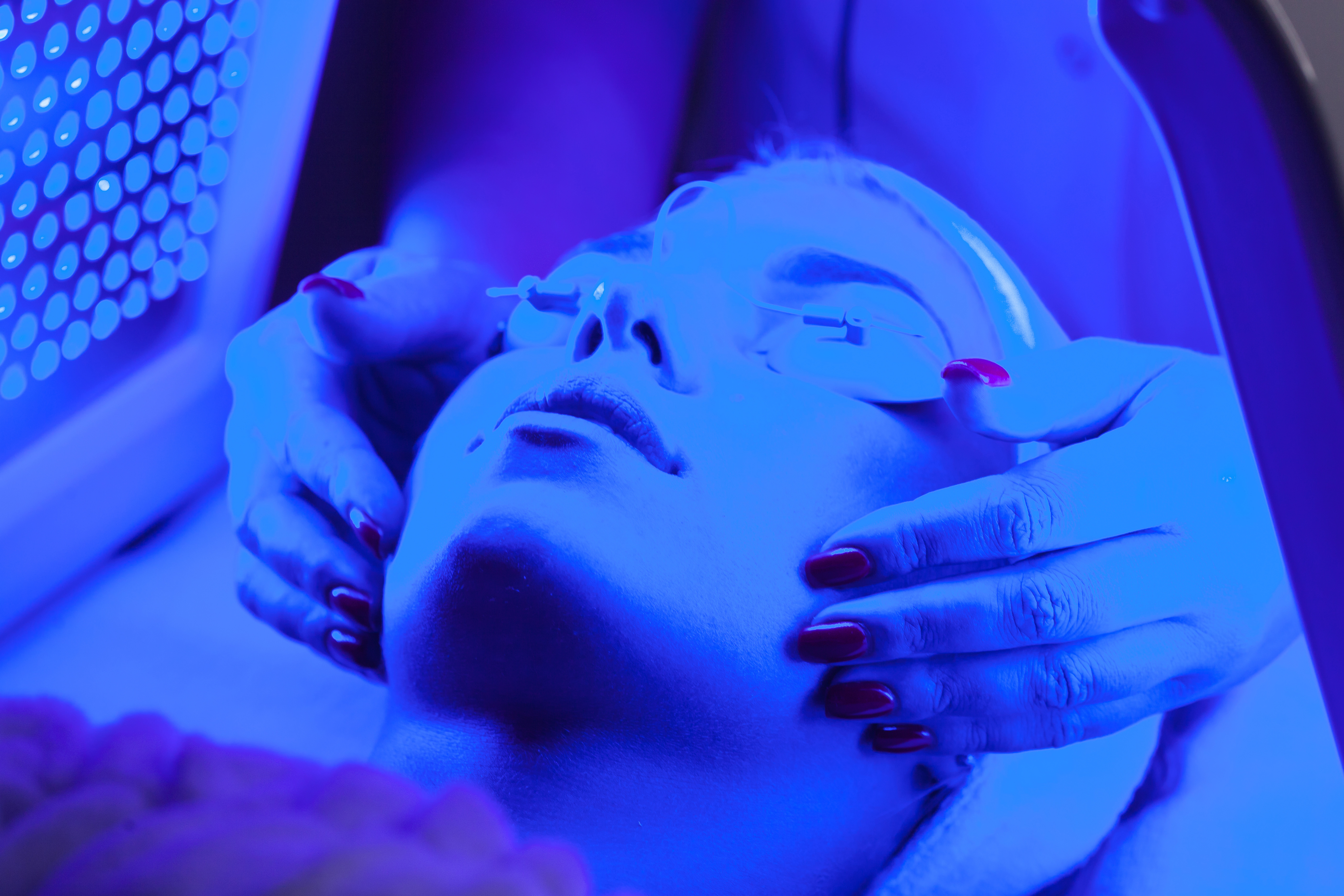
Phototherapy: Uses, Benefits, And Risks, 56% OFF

Tower Of Fantasy All Ruins Chest Locations ToF GameWith, 40% OFF

SM_171b: Introduction to the Endocrine System and Physiology / Pathophysiology Flashcards by Nathan Shlobin

Netter's Physiology Flash Cards 2nd Edition by Susan E. Mulroney & Adam K. Myers 9780323359542

Phototherapy: Uses, Benefits, And Risks, 56% OFF
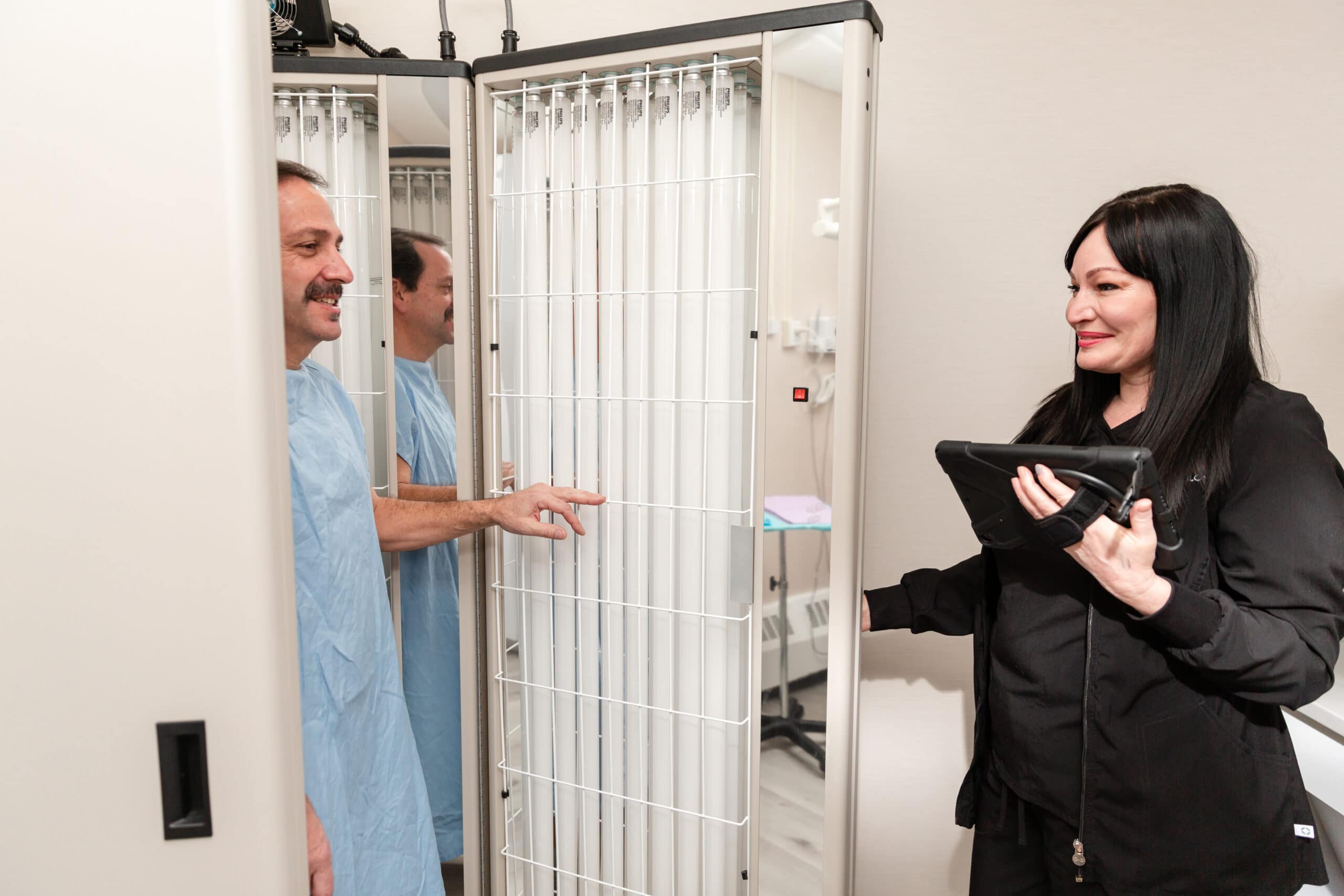
Phototherapy: Uses, Benefits, And Risks, 56% OFF
